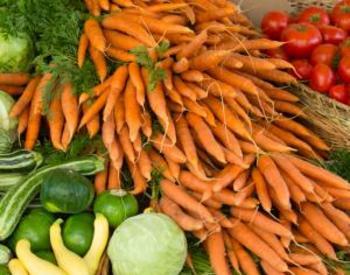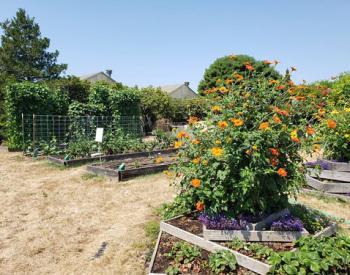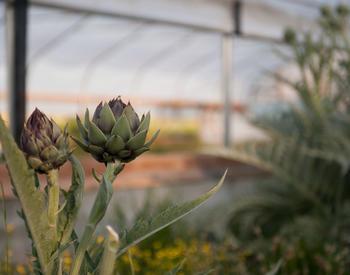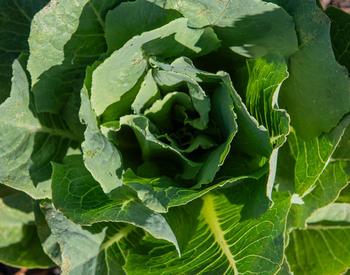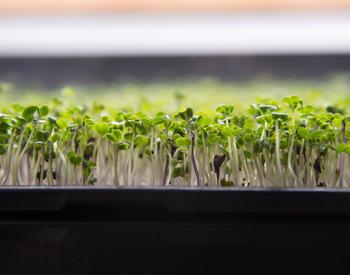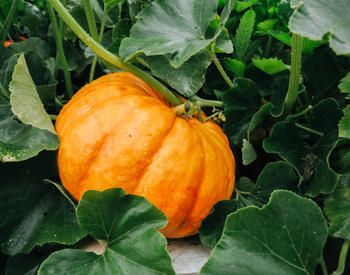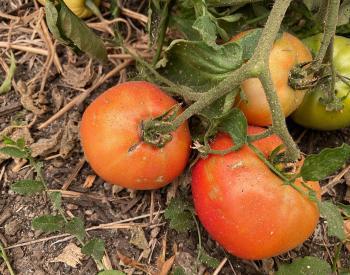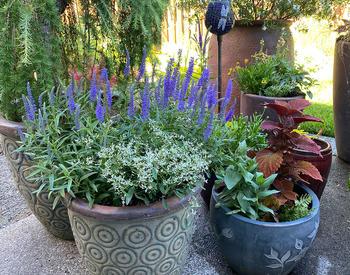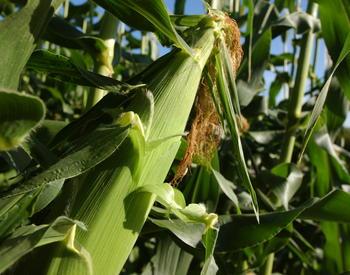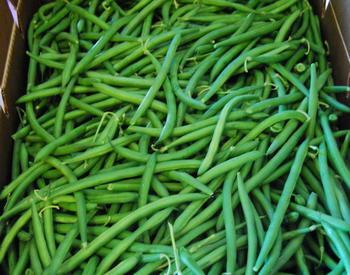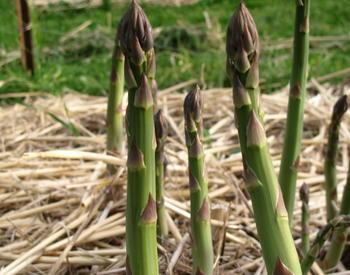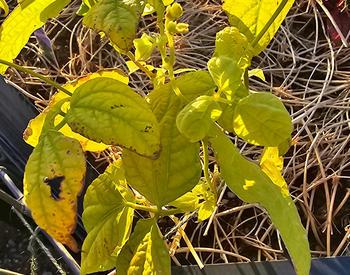Root crops are among the first that gardeners can put in the ground in the spring and are typically direct seeded — not transplanted. Taproots like carrots, radishes, and beets don’t transplant well. In short growing seasons with cool spring soils, season extension techniques like cold frames, caterpillar tunnels and high tunnels are often used to modify environmental conditions.
For root crops, season extension can provide beneficial warmer soil temperatures. Root crops need loose, noncompacted soil. Soil compaction inhibits taproot development and results in slow and stunted growth. Root crops will benefit from deep watering. Shallow watering does not encourage good root development.
Radishes
Vigorous seedlings and rapid development make radishes popular with new growers and kids. Under ideal conditions, planted seeds become harvested radishes in under a month. Spiciness is dependent upon the specific variety, but even mild types will become bitter or hot if watering is not consistent.
Consistent water is ideal for all root crops; a significant portion of the harvested root is water. Radishes are a good choice for early season gardening. Many varieties struggle once temperatures regularly exceed 80º F. In small gardens, consider using quick-growing radishes as a “marker crop” to delineate other planted spaces, or interseed with slower root crops like carrots or beets, rather than giving radishes their own space.
Beets
Beets are particularly rugged and tolerant of both cold and shade, making beets a potential candidate for garden spaces not suitable for more sun-hungry crops. Beets are quick growing once germinated, and have multiple benefits: both leaves and roots are edible.
If the soil has sufficient organic matter at planting, beets probably won’t need additional fertilizer. Beets can be planted late in summer for harvest in the fall. Beets can tolerate temperatures down to 25º F.
Carrots
Tiny carrot seeds can be easy to spread too heavily, leading to too many roots competing underground. Gardeners must assertively thin out seedlings early to prevent deformed roots.
Carrots will not perform well in heavy or clay soils. Raised beds or containers are possible, if deep enough to support good root development.
As is often the case in vegetable gardening, the right cultivar choice impacts success. Carrots for containers include ‘Nantes’ or ‘Chantenay’ types, short when fully grown. Carrots don’t compete well with weeds. If you have several weedy areas in the garden and must prioritize, weed the carrots first.
Turnips
Different varieties are suitable for tops, roots, or both. Turnips are less suitable for containers than other root crops but will perform well in raised beds with rich soil high in organic matter.
When grown primarily for greens, turnips are planted closely together in bands. Leaves are harvested frequently, and will regrow several times allowing multiple harvests. Leaves can also be harvested from turnips grown for the roots, but plants must be spaced at intervals to allow for root development.
Another approach is to scatter seed, then harvest some entire plants for tops as part of the thinning process that will allow remaining plants to develop larger roots.
Onions
Bulb onions are not truly root crops — the swollen growth at the base of these plants is actually a modified stem. Despite this botanical technicality, bulb onions share many characteristics with root crops in how they are cultivated and stored. Bulb onions are usually grown from “sets”— dormant bulblets rather than seed.
The trick to successful bulb onions is planting as early as possible to allow the longest possible development time, leading to large onions but not so early that cold, wet soils cause the sets to rot before growth can take off.
Onions are very cold hardy but only after they have rooted in the ground and developed some growth. Protection in a cold frame, or even covering with a tarp or landscape cloth at night, can be helpful.
All of the root crops discussed here are true vegetables, originating from the vegetative (growing) plant parts as opposed to fruit (reproductive). Botanically speaking, anything with seeds is a fruit, including things like squash, tomatoes, and beans, which are usually considered vegetables in the kitchen. The botanical distinction is important to the gardener because in general, true vegetative crops include more cold hardy options suitable early in the growing season.
